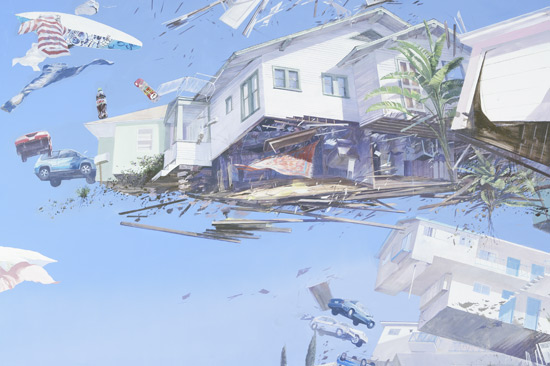 From www.aforcemorepowerful.org:
From www.aforcemorepowerful.org:The Game of Nonviolent Strategy
Can a computer game help people learn how to defeat dictators, military occupiers, and corrupt rulers–not with laser rays and AK47s–but with a non-military strategy and nonviolent weapons?
The Game of Nonviolent Strategy is an interactive teaching tool in the field of nonviolent conflict. Developed by The International Center on Nonviolent Conflict (ICNC), media firm York Zimmerman Inc. and game designers at BreakAway Ltd., the game is built on nonviolent strategies and tactics used successfully in conflicts around the world.
Featuring ten scenarios inspired by history, A Force More Powerful simulates nonviolent struggles to win freedom and secure human rights against dictators, occupiers, colonizers, and corrupt regimes, as well as campaigns for political and human rights for minorities and women. The game models real-world experience, allowing players to devise strategies, apply tactics and see the results.
Nonviolent conflict is a way for ordinary people to fight for their rights using disruptive actions such as strikes, boycotts and mass protests. As people are mobilized to take action and withdraw their cooperation from the oppressor, the balance of power is shifted democratically to the people. In the last 33 years, nonviolent civic resistance has played a critical role in 50 of 67 transitions from authoritarianism.
AFMP is designed for people who want to use nonviolent action in their own struggles for rights and freedom. The game will also serve as a valuable simulation model for academic studies of nonviolent resistance, as well as an educational tool for civil society groups and anyone who wants to learn more about the power and strategic use of nonviolent action.
AFMP is a single-player, turn-based game in which the player takes on the role of chief strategist in a nonviolent movement against the opponent in one of ten pre-packaged scenarios. As the player takes charge of the movement’s materials and human resources, recruits new members and builds alliances, the player also learns the value of strategic planning, and the careful formulation of goals and tactics. The adversary is controlled by the game’s artificial intelligence.
Complex models of social interaction make up the game engine, incorporating political and economic factors, ethnicity, religion, media and communications, and resource availability, among others. A special game feature allows users to create custom scenarios, using the specific details of their own situations.
Related material:
films — A Force More Powerful and Bringing Down a Dictator–films
book — A Force More Powerful
resources — on nonviolent strategies and methods
Serious games
Kenneth Tin-Kin Hung writes about "serious games" on www.gaszappers.com/about:
'As the Economist Magazine noted in 2004, the video game industry has surpassed and continues to generate more revenue than Hollywood and the film industry. This shift in cultural lifestyle and entertainment has created an arena and demand for video games not played merely for leisure. Educational, informational, and instructional video games, also called Serious Games, have emerged as tools for the public to understand and learn about important social, political and environmental issues.
Gas Zappers is a series of online games to approach climate change from a video game format available to the general public. Similar games have been very successful in addressing controversial and sensitive subjects such as McDonald’s Video Game, A Force More Powerful, mtvU’s Darfur Is Dying and the UN World Food Program’s Food Force. These Serious Games illustrate the importance of a “new” language which video games are able to communicate on a international level.'
Kenneth has an informative blog on these computer games: www.gaszappers.com/category/gaming/


 Image:
Image: 





